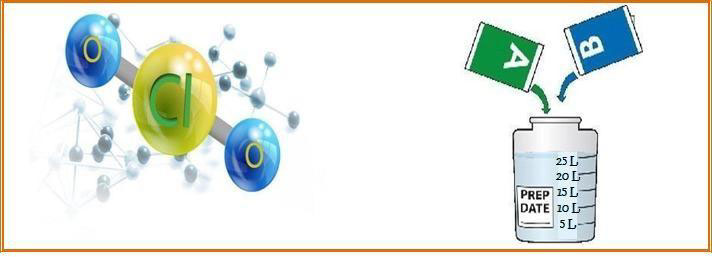Scs-10k For Tank Water Treatment
SCS-10K (Chlorine Dioxide Powder) is a highly effective, safe, quick and broad spectrum disinfectant, recommended to the world by WHO and FAO with class A1. It is the fourth generation of disinfectant after Bleaching Powder (Pypocholoride), Sodium Dichloroisocyanurate (SDIC (sodium dichloroisocyanurate)) and Trichloroisocyanuric Acid (TCCA). SCS- 10K is a good sterilization agent against bacteria, mold, fungi, virus, as well as their spores.
SCS-10K's broad spectrum capabilities enable it to be used in tank water applications
Why tank water needs disinfection?
Although the water from water supply plant meets the national standard, it still contains some inorganic minerals, organic substances and microbes. While the water running in the pipelines, some compounds in water will occur complex decomposition or chemical combination. The remaining microbes in water will multiply again. Secondary water supply facilities enable the water stay longger time in pipelines and tanks, especially in the water tanks on the roof of some buildings, and they bring in new sources of contamination. Often, result is that bacteria, alages, solid impurities and other related items numbers are far over the qualified standard. Water will be turbid, smelly and sometimes it'll cause dysentery and other diseases to the users of secondary water supply. Thus, a secondary disinfection is fairly necessary to keep all microbes and other items under control.


Why choose chlorine dioxide, not other disinfectants like chlorine or chlorinated products?
To understand why SCS-10K might be used instead of hypochlorite for water treatment, we must delve into basic chlorine chemistry.
Chlorine is lethal to fungi and bacteria at very low concentrations, like a few parts per million. When you add sodium hypochlorite to a fresh dump tank on Monday morning, some of the hypochlorite will take on a hydrogen ion and become hypochlorous acid. The amount that becomes hypochlorous acid and the amount that stays as hypochlorite ion depend on the pH of the water. At a pH of about 7.5 the two forms will be present in equal concentrations. Chlorine test kits are designed to measure either free chlorine or total chlorine. Both hypochlorous acid and hypochlorite ion are considered to be free chlor ine. They are not equally effective as disinfectants, however. Depending on the target organism, hypochlorous acid may be 100 times more effective than hypochlorite ion.
Free chlorine reacts with some organic compounds to form trihalomethanes, the best known of which is chloroform. Chloroform is a priority pollutant and its presumed presence is the basis for some of the free chlorine effluent limits in the proposed wastewater discharge permit.
Chlorine reacts with ammonia and ammonia-like compounds to form chloramines. Chloramines in their various forms constitute combined chlorine, the difference between free chlorine and total chlorine. In wellused process waters, such as a five-day-old dump tank, all of the chlorine will probably be in a combined form. Although some chloramines can be disinfectants, their activity is much slower than free chlorine. The point is that, for a constant level of total chlorine, as water quality changes it becomes increasingly difficult to determine just what form the chlorine will take and whether it is adequately disinfecting the tank.
SCS-10K differs from chlorine in that it dissolves in water but does not react with water as chlorine does, so it is less affected by pH. Unlike chlorine, you may use SCS-10K in combination with acid. SCS-10K does not form trihalomethanes or other chlorine-additive products. SCS-10K does not form chloramines. There is little ambiguity about the concentration of chlorine dioxide. If an adequate residual of SCS-10K exists, the water is being disinfected. Because it is less involved in competing reactions, it is much easier to maintain an effective residual of chlorine dioxide. Maintaining a residual disinfectant throughout the water stream destroys spores as soon as they enter the tank, an efficient, practical method.
